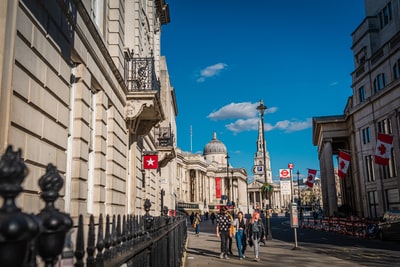The Respiratory Chain
Also known as the electron transport chain, the respiratory chain uses integral membrane proteins within the inner mitochondrial membrane. These proteins are arranged into massive trans-membrane complexes named complex I, II, III and IV. The complexes are each composed of around 40 polypeptide chains which carry out a number of functions.
During this metabolic pathway the hydrogen atoms carried in by the NADH release energy as ATP. They then combine with oxygen at the end to create water.
First of all, NADH molecules bind to complex I while FADH binds to complex II. Both release their hydrogen atoms then return to the Krebs Cycle to collect more. The hydrogen atoms in the meantime release protons (H+) and electrons (e–).
The electrons are passed down the chain from complex to complex. Each complex binds the electrons in a tighter bond than the one before. Complexes I, II and IV allow some energy to be released by the electrons which is used for active transport to pump protons through the mitochondrial membrane. For each hydrogen atom released by NADH, 10 protons are pumped across the membrane. For FADH it’s only six protons for each hydrogen atom.
The end product, water, is formed when the electrons in complex IV combine with protons. The oxygen required diffuses in by lipid diffusion from the tissue fluid, through the cell and into the mitochondrial membrane. Although oxygen is only required at the end, without it the respiratory chain won’t function.
A proton gradient forms across the mitochondrial membrane. This represents the energy of the electrons. The process of creating a proton gradient across a membrane to store energy is known as chemiosmosis. This potential energy can now be used to create ATP with ATP synthase enzyme. This enzyme consists of a channel and as protons fall through it the energy they release is used to create ATP. One molecule of ATP takes four protons.
By the end of the whole process the total ATP yield is 32 molecules from one molecule glucose. This is the maximum amount and often less is produced.
